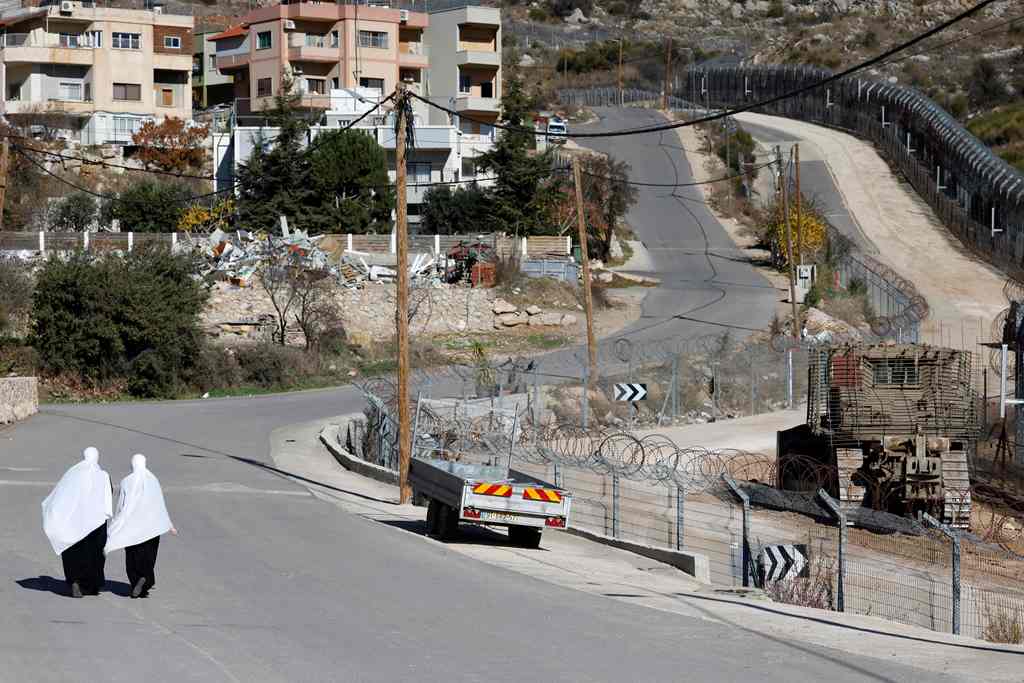Qatar has taken major steps towards achieving sustainability goals in recent years.
Qatar has recorded more than 1400 buildings under the Global Sustainability Assessment System (GSAS), which highlights “green” infrastructures across the country, authorities have announced.
“Qatar has the highest number of buildings (1,406) with Global Sustainability Assessment System (GSAS), green building standards,” authorities said in a tweet on Saturday.
GSAS is the first performance-based system in the Middle East and North Africa region that is developed to assess and rate buildings and infrastructure for their sustainability impacts. It works on guiding projects on reducing their environmental footprint during design, construction, and operations stages.
Its rating system is awarded for the efficient operations and maintenance of existing facilities.
Qatar has the highest number of buildings (1406) with GSAS (Global Sustainability Assessment System) green building standards.#COP26 pic.twitter.com/9UqbYAMrHE
— وزارة البيئة والتغير المناخي – قطر | MOECC Qatar (@moecc_qatar) November 6, 2021
Thanks to the country’s various green initiatives in recent years, Qatar has now over 1,400 sustainability-certified buildings in both the public and private sectors, with more buildings expected to join in the upcoming years.
All World Cup 2022 facilities in Qatar, as well as all buildings in the newly-built Lusail city, are GSAS certified.
The innovative and sustainable buildings are designed to cut electricity and water consumption while also reducing waste. This allows major infrastructure efforts to take place while also being wary of the environment and ensuring the environment is prioritised.
“GSAS’ key objective is to create and promote sustainable built environment through a three-pronged approach that focuses on protecting the environment, conserving earthly resources and improving human wellbeing, all the while addressing the needs and concerns unique to the MENA region,” the organisation says on its website.
Major push towards sustainability
Doha’s commitment to a greener environment and combating climate change has in recent years pushed authorities to develop a strong policy to reduce emissions and enhance sustainability.
As part of its newly launched national climate change plan, Qatar will cut 25 percent in its greenhouse gas emissions and carbon intensity of its liquified natural gas facilities in the next eight years.
The 25 percent reduction would equate to a 37 Mat CO2 eq dip by 2030, according to national figures, and will include various sectors such as oil and gas, power and water, transportation, and construction.
This will be achieved by employing a variety of policies and levers, including activities of stakeholders-institutions, corporations, and private citizens.
In addition, to ensure accuracy and success, the plan identifies 36 mitigation measures and over 300 adaptation measures.
Read also: OPINION: COP26 and Climate Action Plan: Is Qatar getting serious about global warming?
Several programmes and initiatives will be launched across various sectors, including economy, healthcare, biodiversity, water management, and infrastructure.
Positive results are already being documented.
A report by the Arab Youth Climate Movement Qatar published earlier last month highlighted pivotal changes in the Gulf state’s greenhouse gas emissions over the span of 21 years.
Qatar’s National Emissions Inventory document, which looks at statistics from 1998 to 2019, noted Qatar’s total greenhouse gas emissions were recorded to be 116.2 million tonnes (Mt) of carbon dioxide equivalent (CO2-e) in 2019.
2019’s emissions point to a significant drop in total emissions, having decreased by 4.71 Mt CO2-e, or 3.9%, from peak emissions of 120.91 Mt recorded in the year 2016.
In addition, almost 290-gigawatt electricity and 32 million cubic metres of water were reduced last year thanks to Qatar’s National Programme for Conservation and Energy Efficiency [Tarsheed]. This accounted for a financial saving of almost QR300m.
Meanwhile, authorities are also working towards transforming public transportation to full-electric, including public bus services, government school buses and Doha Metro’s buses.
This aims to reduce harmful carbon emissions caused by conventional buses in less than a decade from now, in addition to achieving efforts to maintain the environmental sustainability.
An integrated network of electric car chargers is also being integrated across the country in order to support the ministry’s plan to gradually transform the electric transport system.
Follow Doha News on Twitter, Instagram, Facebook and Youtube







